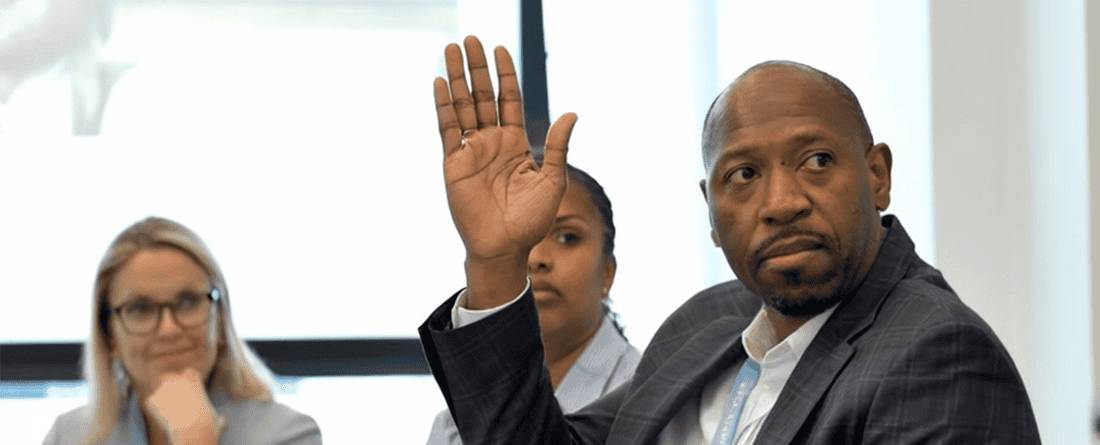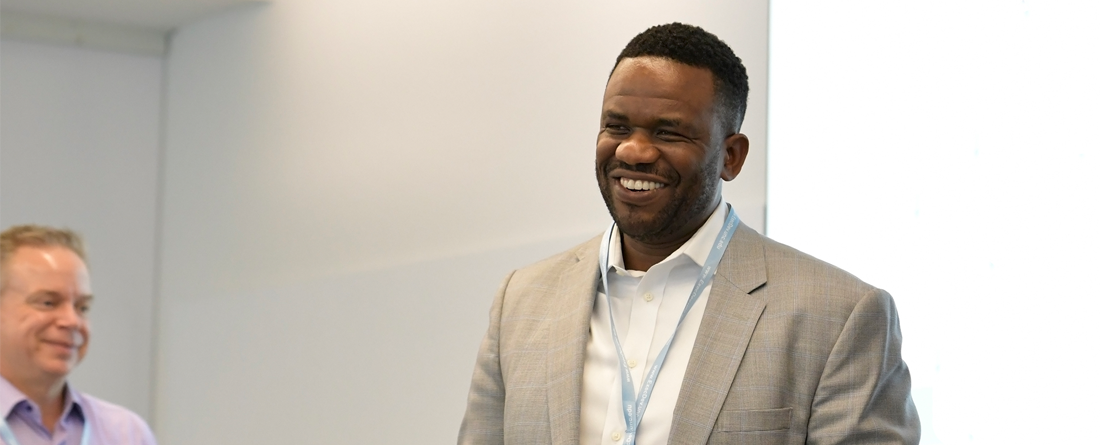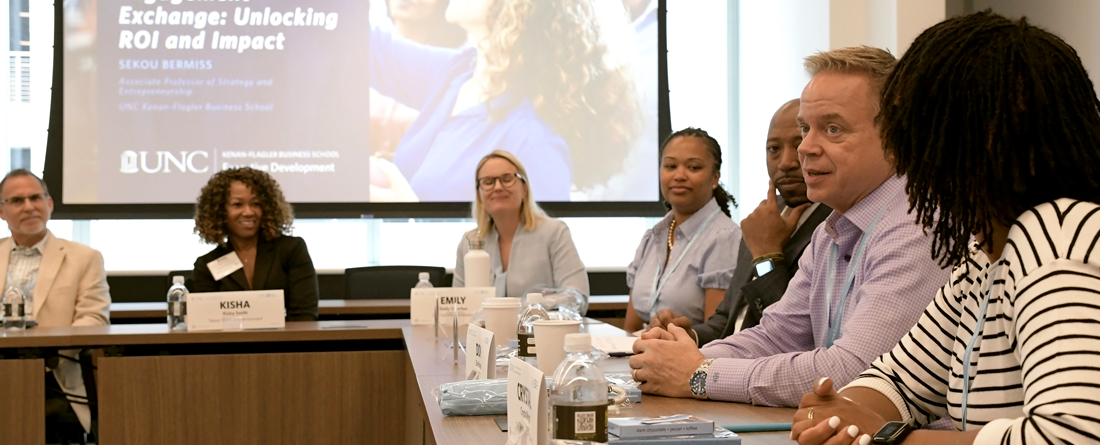This article is part two of our six-part series, Leading in the Middle: 2024, by UNC Executive Development Senior Associate Dean Dave Hofmann. For more insights on how to lead effectively from any position in an organization, download Dave’s ebook, Leading in the Middle: 2024.
Ask folks to define leadership and you hear that leaders create change and help take people where they couldn’t otherwise go. Leaders who do this are future-focused. They quickly identify solutions to challenges confronting their team or others and work hard to “get things done.” This is one of the driving forces behind their success. Yet, it can also cause them to overlook two critical questions I believe leaders should ask more often. And one they should ask less.
Since this series is about “Leading in the Middle,” let’s assume that you are trying to create change in the context of a number of different stakeholders. You have folks on your team, peers with whom you interact, and others who may have more or less formal power within the organization. You are constantly in meetings with any number of these stakeholders routinely.
Now, think about how often over the last 6 months one of these stakeholders has experienced a problem or challenge. Potential situations could include a colleague who has a key person on their team resign for a better job. The raw materials for a production process are delayed, putting at risk an important shipment to a key customer. Someone found an error in calculations for a piece of new business which has already been shared with senior management. You get the drift.
In an Effort to Be Helpful, You Ask, “So, What Are You Going to Do?”
This is a great question if you’re looking for a very quick update on the situation. But, if you are looking to be a true thought partner, a person who is willing to get into the weeds and really help the other person figure out what to do, this is the wrong question to ask. A better question to ask is:
How Are You Thinking About the Situation?
Changing the what to how is a critical shift in direction. Instead of asking for the person’s solution, their answer, their conclusion, you are asking them to articulate the factors they are evaluating, the criteria they are seeking to optimize, the differing perspectives of various stakeholders, and how they might react to options A, B, or C. Simply put, instead of asking them for their conclusion, you are asking about how they are thinking.
This is a very simple word change that results in a completely different conversation. If you are truly interested in seeing others develop, serving as a helpful coach and mentor, and being a true thought partner, then asking how questions are much better than what questions.
As you get into the conversation, you can ask more probing questions to help the other person clarify their thinking. For example:
- I see how you’re thinking about this, is there a way to re-frame it as XXX?
- Have you considered how X person might think about that option?
- How are X and Y connected?
- What is another alternative?
- Tell me more. (Well, technically this is not a question.)
- It seems like you can either do X or Y – is there a way to do both X and Y?
This is what being a true thought partner looks like. Of course, if you are going to move your partnership beyond thoughts to action, then the final question to ask is critical: How can I help?
To read more from Dave Hofmann, visit his Substack and subscribe.






